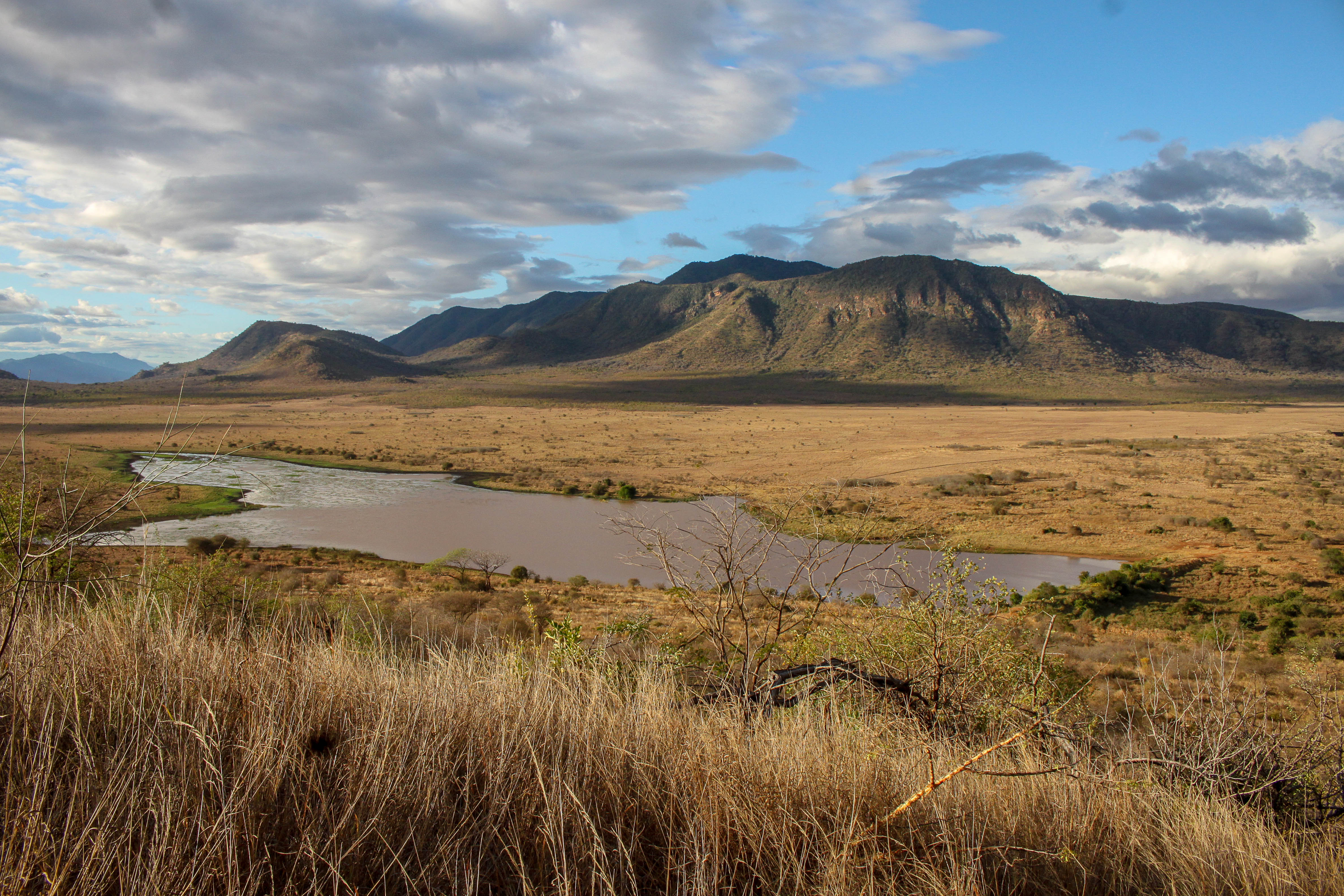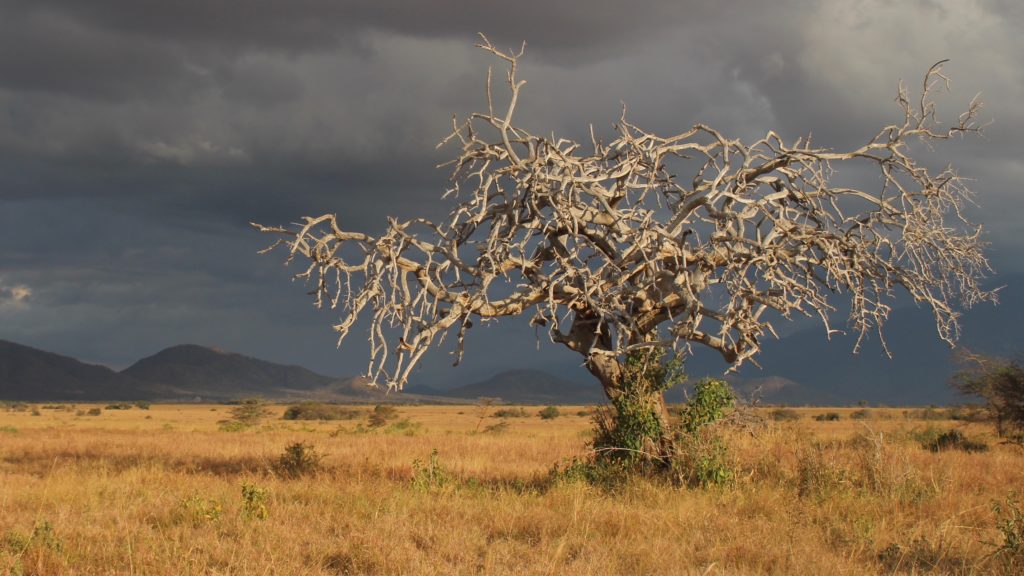
Mkomazi National Park is a hidden gem amongst the parks of Tanzania. Located in Northeastern Tanzania below the slopes of the Pare and Usambara Mountains, Mkomazi extends to Tsavo National Park in Kenya and together these two parks form the Greater Tsavo Ecosystem with an area of 43,ooo square kilometers.
Representing one of Tanzania’s most unique ecosystems – Mkomazi National Park is the southernmost extension of the Somali semi-arid belt and the Sahel Biosphere – the biogeographic region linking the Sahara Desert with Central Africa. For this reason, a number of species found in Mkomazi are found nowhere else in Tanzania. Although protected as Mkomazi and Umba Game Reserves since 1951 it was only declared a national park in 2008 when Tanzania National Parks (TANAPA) took over management of this 3,200 square kilometer wilderness.
Wildlife in Mkomazi
Since Mkomazi was given National Park status it has seen a dramatic reduction in poaching, cattle grazing, fires, and other illegal activities. TANAPA, together with the George Adamson African Wildlife Preservation Trust, has also improved the road network and established several water catchments. In the last few years, game numbers have increased substantially with herds of up to a hundred zebra, eland, elephant, and buffalo being seen. There are many kongoni, giraffes, dik-diks and ostriches, and in the drier areas gerenuk, lesser kudu and beisa oryx. The larger cats are still rare, but with luck, you will encounter serval cat, caracal and wild cat, as well as wild dogs.
Unique Diversity
Mkomazi National Park is one of the driest areas in Tanzania – in the local Pare language it means “little water” – yet still boasts an incredibly diverse flora and fauna with a high endemic population of species. Of the 1500 plant species identified so far over 50% do not occur anywhere else. And it is a fantastic destination for birdwatchers with over 400 bird species having been recorded, including the endemic Violet Wood-hoopoe, Friedmann’s Lark, the Somali Long-billed Crombec and the Yellow-vented Eremomela.

